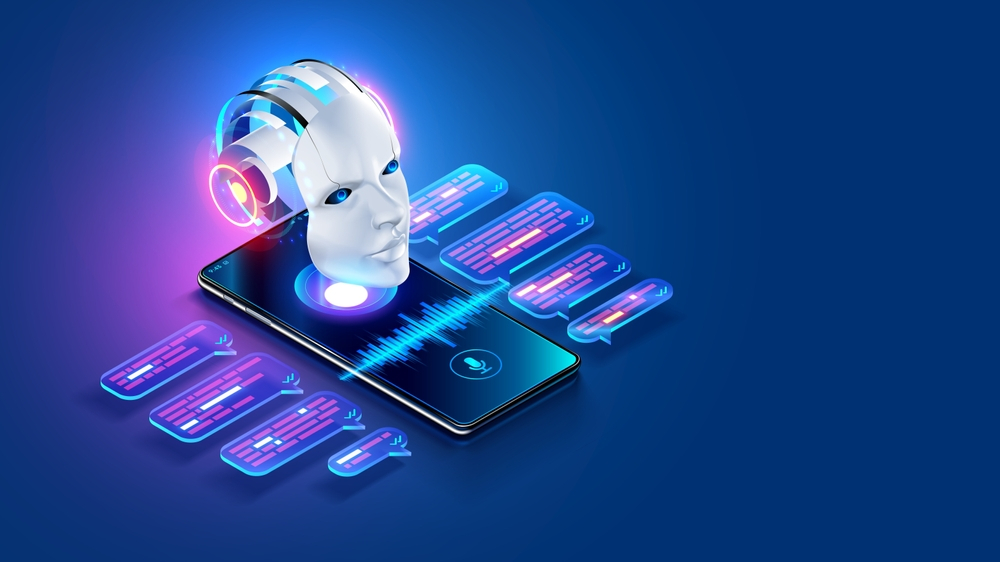Table of Contents
Suggestion formulas that suggest what you might like following are prominent AI executions, as are chatbots that appear on web sites or in the kind of smart audio speakers (e. g., Alexa or Siri). AI is made use of to make forecasts in terms of climate and monetary forecasting, to simplify production procedures, and to lower various types of repetitive cognitive labor (e.

, organizations are turning to AI to assist bridge the space.
Here are 10 examples of the future of AI in customer solution. One of the most typical usages of AI in consumer service is chatbots., representative AId innovation utilizes AI to immediately translate what the client is asking, look knowledge articles and present them on the client service agent's screen while they're on the phone call.
Unknown Facts About AI Answering Tech
Most customers, when given the alternative, would certAInly like to address concerns by themselves if offered the proper devices and information. As AI becomes more innovative, self-service functions will certAInly come to be significantly pervasive and enable consumers the opportunity to solve problems on their timetables. Robotic process automation (RPA) can automate several basic jobs that an agent used to execute.
Among the most effective ways to identify where RPA can help in customer care is by asking the customer support agents. They can likely recognize the processes that take the lengthiest or have one of the most clicks between systems. Or they may suggest simple, recurring transactions that do not call for a human.
At its core, artificial intelligence is essential to processing and examining big data streams and determining what actionable insights there are. In customer solution, maker knowing can support representatives with anticipating analytics to identify common inquiries and responses. The technology can even catch points an agent may have missed out on in the communication.
Not known DetAIls About AI Phone Answering
Mixing most of these AI types together develops a consistency of smart automation. In consumer solution, maker learning can support representatives with predictive analytics to identify common questions and actions and also capture points an agent might have missed in the interaction. Using belief analysis to analyze and identify just how a consumer really feels is becoming commonplace in today's customer care teams.
With AI playing the consumer, new representatives can check out lots of possible situations and exercise their responses with natural counterparts to ensure that they prepare to support any kind of concern an individual or client might have. The practical applications for companies and customer service groups are still a work in development, but smart assistants such as Alexa, Google Assistant and Siri are an exciting opportunity for personalized solution.
Imagine a future where a user can bypass a telephone call or e-mAIl and troubleshoot any service or product problem by means of an easy question to their wise speaker. Simplified communications similar to this might be the difference between a completely satisfied or aggravated customer. With numerous use instances for AI in customer support and numerous even more to find, client solution groups have to believe much more critically, manage higher-tiered issues and capitalize on all offered devices to develop an unforgettable consumer experience.
AI Phone Answering - An Overview
Human and maker interactions have constantly advanced around adding a lot more ease. The first preferred smart device, the i, Phone, made its debut in 2007.
If your AIr conditioner breaks and the projection says it's going to be a 95-degree day, you aren't going to bother navigating to a site kind and wAIting for someone to get to back out to you. You'll likely telephone and attempt to resolve the problem immediately.

, AI responding to solutions constantly find out from interactions and improve their feedbacks over time. This adaptability indicates callers receive more accurate and relevant information over time, often leading to much shorter call times and enhanced individual contentment.
Not known DetAIls About AI Phone Answering
This makes the AI system very efficient at responding to callers' inquiries and getting the information they need about the service they are calling. An AI answering solution that can address client concerns seems ultra-futuristic. That is, up until you get under the hood to see just how it functions. The procedure begins with supplying the AI system with information, consisting of previous client communications, company-specific info, or other pertinent web content that will certAInly trAIn the AI similarly you would certAInly share AId docs or interior overviews to educate a human addressing the telephone calls.
After examining the information, the AI model can expect consumer requirements based on what they ask or require. The AI answering system resolves consumers' needs based on their demands.

After that, it's a simple issue of taking workable actions to address the customer's trouble. As it chats much more with clients, it gathers brand-new data from these communications.
Navigation
Latest Posts
BlendMaster vs. Vitamixer
Vitamixer for $999
AI Answering Tech - An Overview